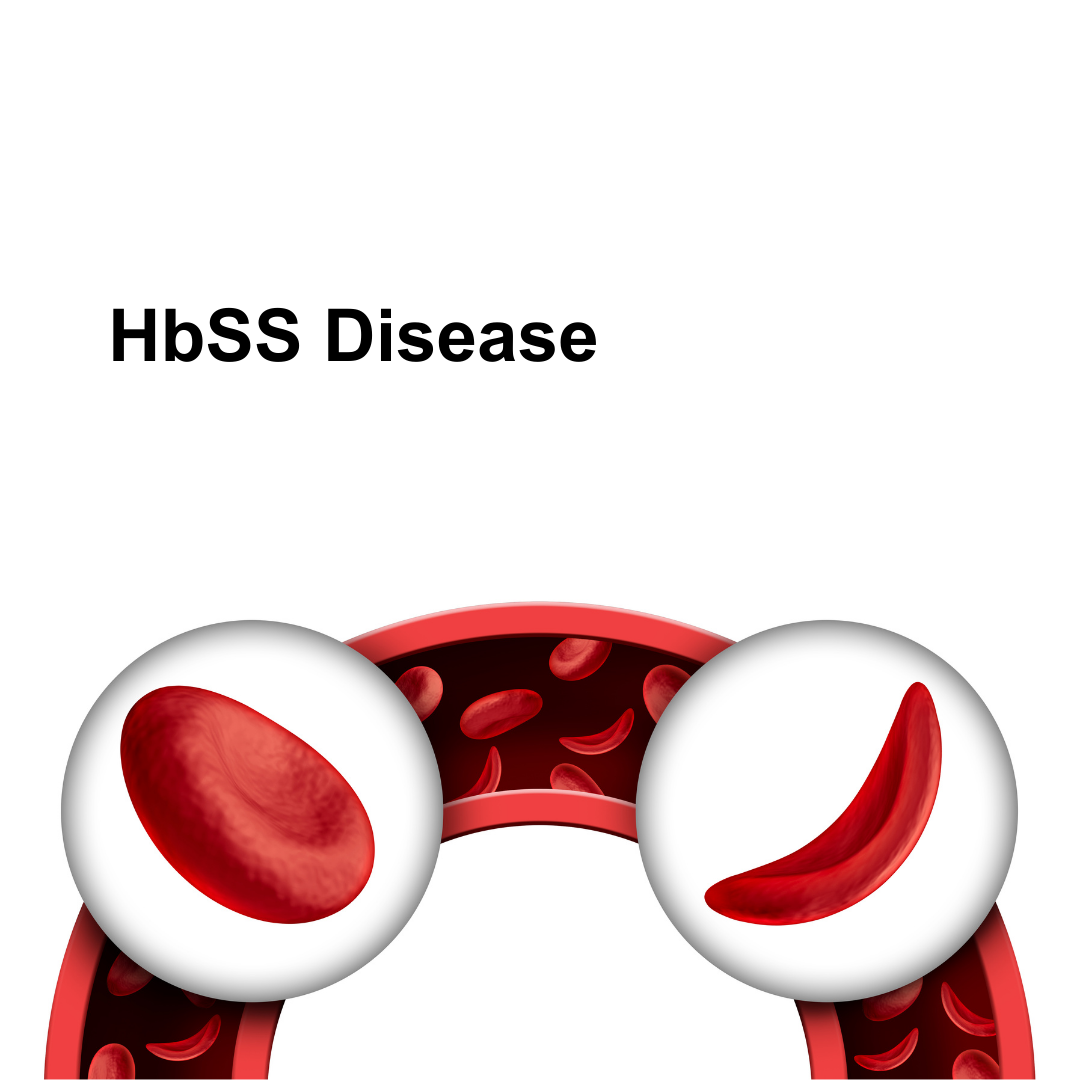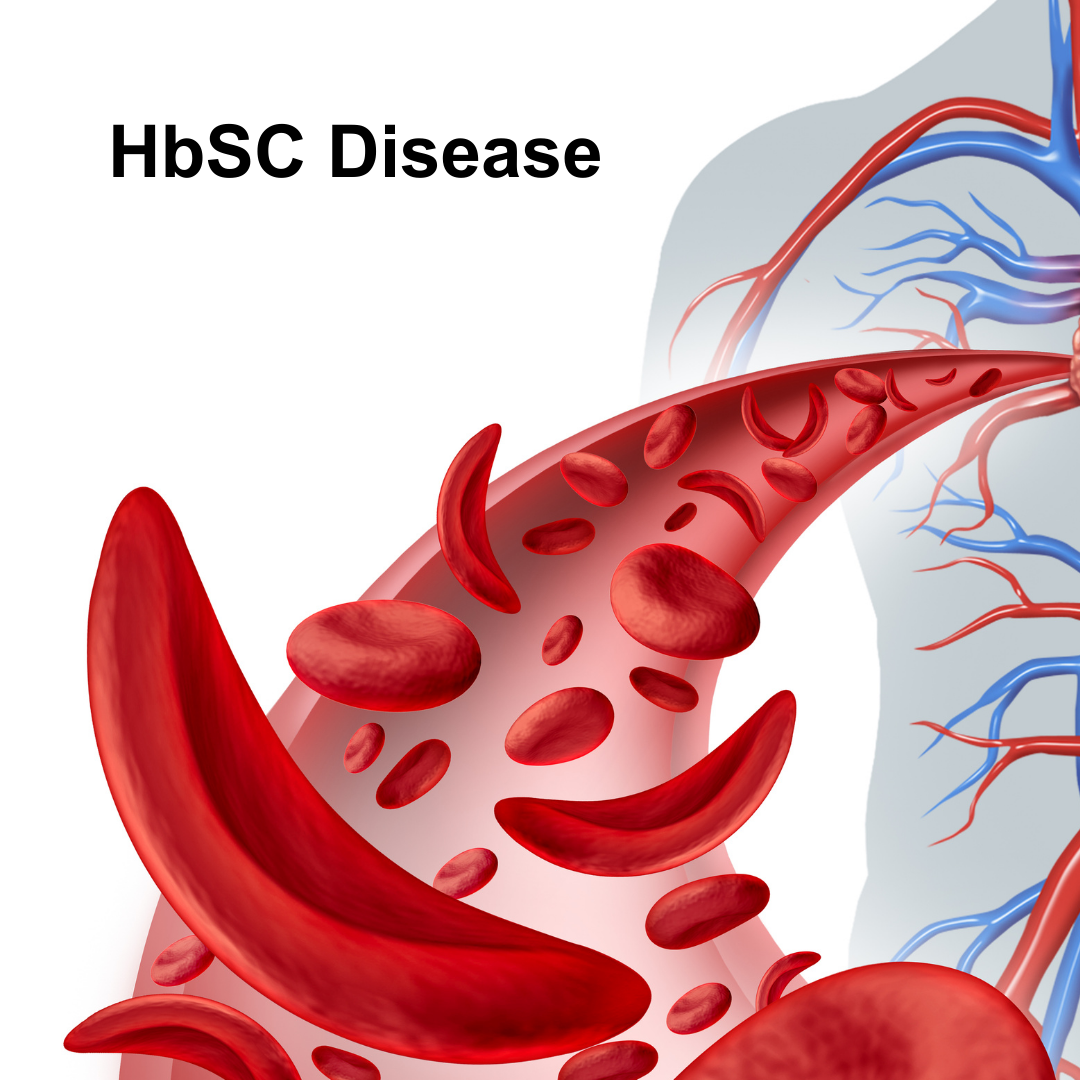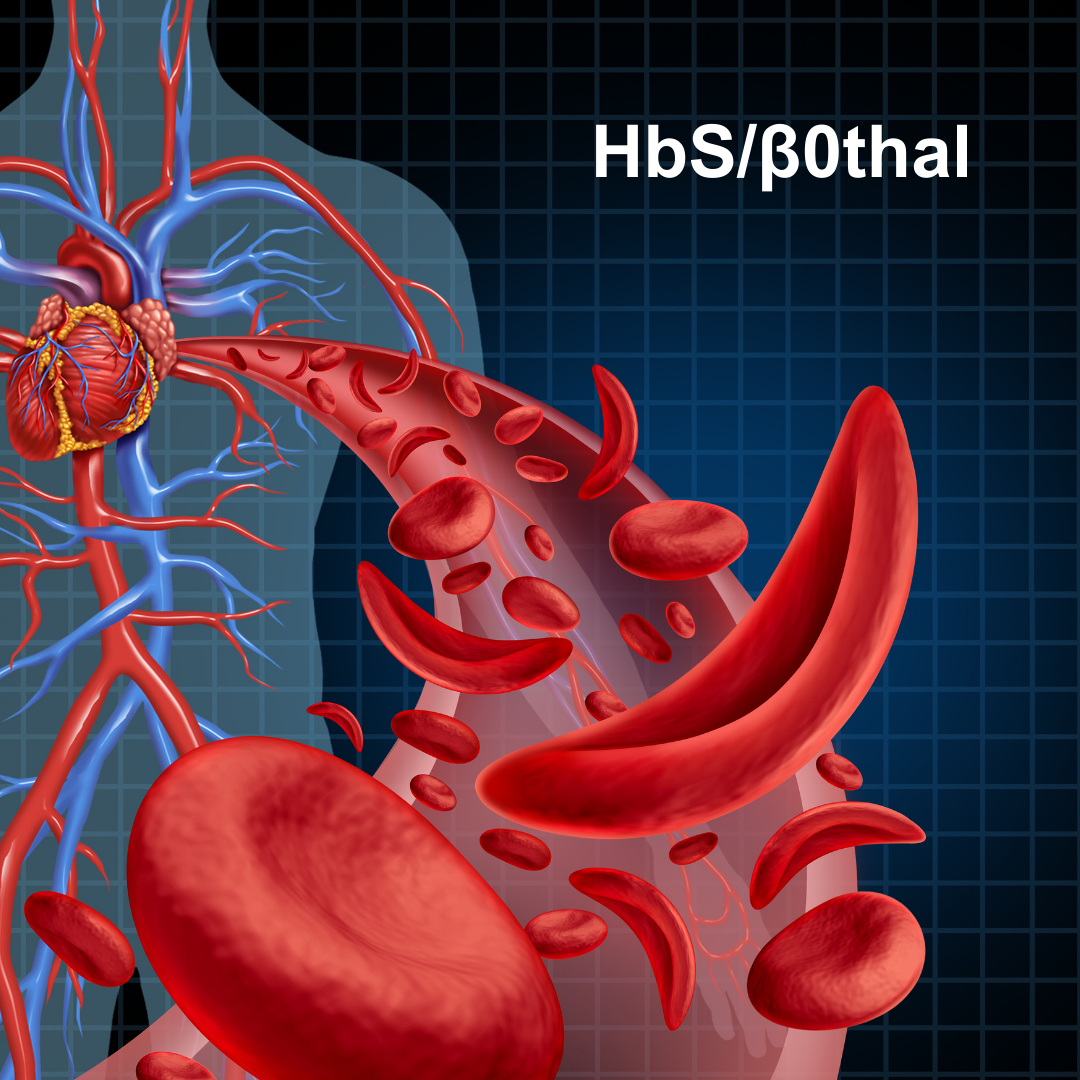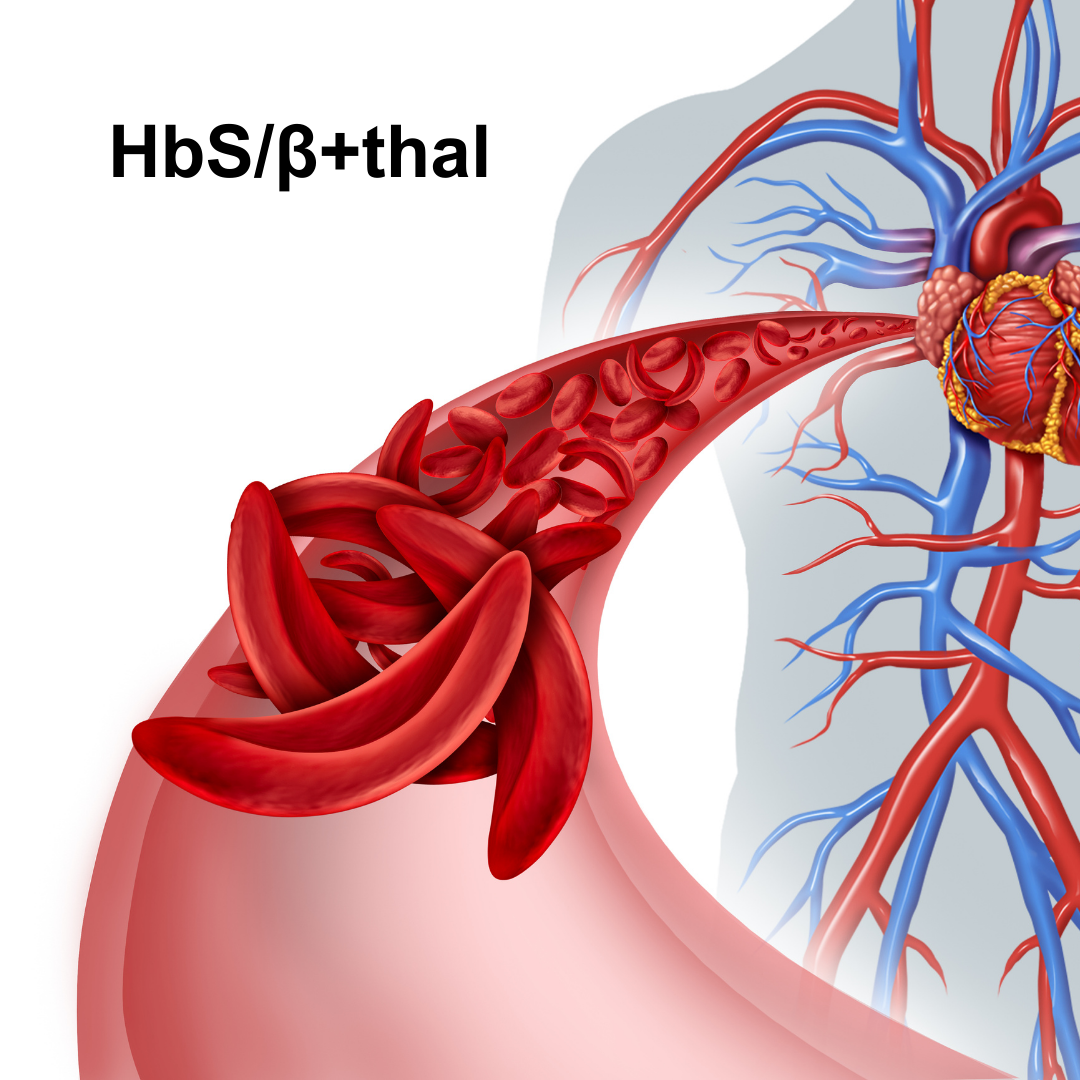
The Comprehensive Sickle Cell Center conducts educational outreach through the Children's of Alabama program, called the Baby Step® Program — a nine-part video series that is targeted to teach parents and caretakers of a baby with sickle cell disease about the problems they may encounter during the first 10 years of their child's life.
This program is tailored to four different variations of sickle cell disease that include:
-
HbSS Disease
-
HbSC Disease
-
HbS/B0thal
-
HbS/B+thal



